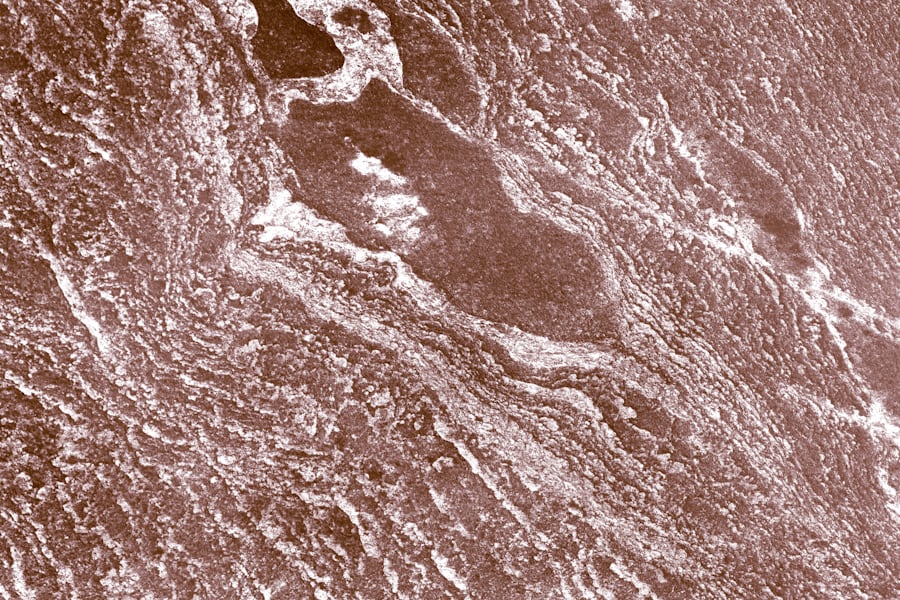Epididymitis: An Overview of a Common Scrotal Condition
Epididymitis is a medical condition characterized by the inflammation of the epididymis, a coiled tube located at the back of the testicle that stores and carries sperm. This condition can cause significant pain and swelling in the scrotum and is most common in men between the ages of 14 and 35, though it can affect males of any age.
Key Symptoms
The symptoms of epididymitis can range from mild to severe and may develop gradually. The most common signs include:
Pain and tenderness: Usually on one side of the scrotum, which may worsen over a day or two.
Swelling: The scrotum may become swollen, warm to the touch, and red.
Lump: A tender lump may be felt on the affected testicle.
Urinary issues: Pain or burning during urination, frequent urination, and an urgent need to urinate are common.
Discharge: A discharge from the penis may be present.
Fever and chills: Some individuals may experience systemic symptoms like fever and chills.
Pain during intercourse or ejaculation.
It is important to distinguish epididymitis from testicular torsion, a more serious condition that involves the twisting of the spermatic cord and requires immediate surgical intervention. Testicular torsion typically presents with a sudden and severe onset of pain.
Causes and Risk Factors
The most frequent cause of epididymitis is a bacterial infection. The type of bacteria often depends on the individual’s age and sexual activity.
Sexually Transmitted Infections (STIs): In younger, sexually active men, gonorrhea and chlamydia are the most common culprits.
Urinary Tract Infections (UTIs): In older men and children, the infection is more likely to be associated with a UTI or an enlarged prostate gland (benign prostatic hyperplasia), with bacteria such as E. coli being a common cause.
Chemical Epididymitis: This non-infectious form can occur when urine flows backward into the epididymis, often due to heavy lifting or straining.
Trauma: A direct injury to the groin can lead to inflammation.
Other Factors: Risk factors can include recent surgery on the urinary tract, the use of a urinary catheter, and being uncircumcised. In rare cases, other infections like the mumps virus or tuberculosis can lead to epididymitis.
Diagnosis and Treatment
A doctor will typically diagnose epididymitis through a physical examination of the groin and a review of the patient’s symptoms and medical history. To confirm the diagnosis and rule out other conditions, the following tests may be ordered:
Urine and blood tests: To check for signs of infection.
STI screening: Swabs from the urethra or urine tests can identify gonorrhea and chlamydia.
Ultrasound: A Doppler ultrasound can be used to assess blood flow to the testicles and rule out testicular torsion.
Treatment for epididymitis primarily focuses on eradicating the underlying infection and relieving symptoms. Common treatment approaches include:
Antibiotics: A course of antibiotics is prescribed to treat the bacterial infection. The choice of antibiotic will depend on the likely causative bacteria. It is crucial to complete the full course of medication, even if symptoms improve.
Pain relief: Over-the-counter pain relievers like ibuprofen or naproxen can help manage the pain and inflammation.
Rest and support: Bed rest, elevating the scrotum, and wearing a supportive athletic strap can help alleviate discomfort.
Cold therapy: Applying cold packs to the scrotum can also help reduce swelling and pain.
For epididymitis caused by STIs, it is important for sexual partners to also be tested and treated to prevent reinfection.
Potential Complications
If left untreated, epididymitis can lead to several complications, including:
Chronic epididymitis: A long-lasting and painful condition.
Abscess formation: A collection of pus can develop in the scrotum.
Epididymo-orchitis: The infection can spread to the testicle.
Infertility: In rare cases, the inflammation can affect fertility.
Testicular shrinkage (atrophy).
When to Seek Medical Attention
It is essential to seek medical attention promptly if you experience any pain or swelling in your scrotum. Immediate medical care is necessary for sudden or severe testicular pain to rule out testicular torsion. Early diagnosis and treatment of epididymitis are key to preventing complications and ensuring a full recovery.


